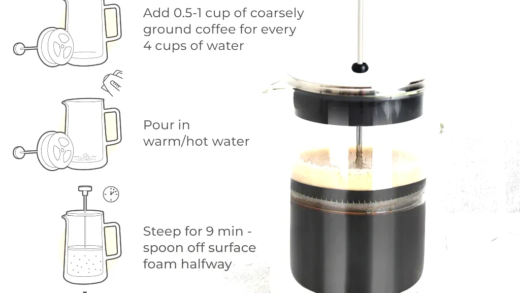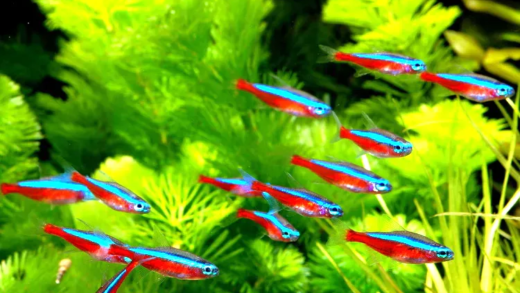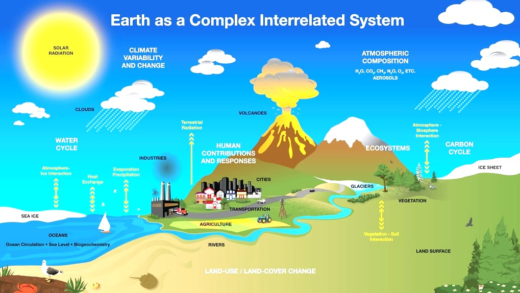This guide covers essential aquarium equipment for maintaining a healthy freshwater tank. Key aspects include choosing the right filter, heater, and lighting, selecting substrate, and ensuring proper water quality. Setting up a CO2 system for plants, using essential maintenance tools, and determining the size of equipment are also crucial for aquarium success.
Choosing the Right Filter
Aquarium equipment is essential for maintaining a healthy aquatic environment, and choosing the right filter is crucial. Filters serve multiple purposes: they remove debris, improve water clarity, and maintain biological balance. Understanding the different types of filters can help you select the best one for your tank.
- Mechanical Filters: These filters trap particles and debris, ensuring clean water. Examples include sponge and cartridge filters.
- Chemical Filters: These use chemical media to remove toxins and impurities. Activated carbon is a popular option.
- Biological Filters: They promote beneficial bacteria growth, breaking down harmful waste products.
When selecting a filter, consider the size of your aquarium and the type of fish you keep. Larger tanks require more powerful filters to ensure adequate circulation and filtration. Additionally, check the filter’s flow rate, as this affects how quickly water is processed. A good rule of thumb is to choose a filter that can process the tank’s volume at least 4-5 times per hour.
Types of Heaters Explained
Maintaining the right temperature is vital for fish health, making aquarium heaters another essential piece of aquarium equipment. There are several types of heaters available:
- Submersible Heaters: These heaters are placed directly in the water and are effective for various tank sizes.
- Inline Heaters: Installed in the filter system, these heaters offer efficient heating without taking up space inside the tank.
- Undergravel Heaters: These are placed under the substrate to provide gentle heat, ideal for planted tanks.
To keep your fish comfortable, it’s important to choose a heater based on your tank’s size and desired temperature range. Look for heaters with adjustable settings and a built-in thermostat for optimal performance.
Importance of Aquarium Lighting
Proper aquarium lighting is not just about aesthetics; it plays a significant role in the health of your freshwater aquarium. The right lighting impacts both plant growth and fish behavior. Here’s why it matters:
- Photosynthesis: Live plants require light to photosynthesize, which is essential for their growth and oxygen production.
- Fish Behavior: Adequate lighting can influence fish activity levels and breeding behavior.
- Aesthetic Appeal: Good lighting enhances the colors of your fish and plants, creating a vibrant display.
When selecting lighting, consider the type of plants and fish you have. LED lights are energy-efficient and long-lasting, making them a popular choice among aquarium enthusiasts. Aim for a light cycle of about 8-12 hours a day to maintain a healthy environment.
Selecting the Right Substrate
Choosing the right substrate is vital for a thriving freshwater aquarium. The substrate not only supports plants but also impacts water quality and fish health. Here are key factors to consider:
- Type of Substrate: There are various types, including gravel, sand, and specialized plant substrates. Gravel is versatile and easy to clean, while sand is gentle on fish and ideal for bottom dwellers.
- Size of Particles: Smaller particles can compact and affect water flow. Larger gravel allows better water circulation and prevents anaerobic zones.
- Nutrient-Rich Options: For planted tanks, consider substrates that provide nutrients, like soil or specially designed plant substrates. This supports healthy plant growth.
When selecting substrate, ensure it complements your tank’s inhabitants. For example, if you keep burrowing fish, sand may be a better option. Always rinse your substrate before adding it to the tank to remove dust and debris.
Choosing the Right Water Pump
A water pump is crucial for maintaining water circulation in your aquarium. It helps in filtration and ensures oxygen distribution. Here’s how to choose the right one:
- Tank Size: The pump’s flow rate should match the size of your aquarium. A general guideline is to aim for a pump that can circulate the entire tank volume 5-10 times per hour.
- Type of Pump: There are submersible and external pumps. Submersible pumps are quieter and easier to install, while external pumps provide higher flow rates and are easier to maintain.
- Adjustability: Look for pumps with adjustable flow rates. This allows you to customize water movement based on your tank’s needs, especially if you have delicate species.
Choosing the right water pump is essential for a healthy aquatic environment. Regularly check the pump for clogs and clean it to maintain optimal performance.
Water Quality Maintenance Accessories
Maintaining water quality is key to a successful freshwater aquarium. Various accessories can assist you in this task:
- Test Kits: Regular water testing is vital. Kits for pH, ammonia, nitrite, and nitrate levels help ensure a safe environment for your fish.
- Water Conditioners: These products help neutralize harmful chemicals in tap water, making it safe for aquarium use.
- Filter Media: Regularly replacing filter cartridges and media keeps your tank clean and reduces pollutants.
Investing in quality maintenance accessories will simplify your routine and promote a healthy ecosystem. Regular maintenance checks will keep your aquarium thriving and your fish happy.
Setting Up a CO2 System
CO2 systems are crucial for enhancing plant growth in a freshwater aquarium. Proper CO2 levels can significantly boost photosynthesis, leading to healthier and more vibrant aquatic plants. Here’s how to set up an effective CO2 system:
- Choose the Right System: There are two main types of CO2 systems: pressurized and DIY. Pressurized systems are more efficient and provide a stable supply, while DIY systems can be cost-effective for beginners.
- Calculate CO2 Needs: Determine the amount of CO2 required based on your tank size and the types of plants you have. A common guideline is 1-2 bubbles per second for a standard setup.
- Install a Regulator: If using a pressurized system, install a regulator to control the CO2 flow. Ensure it’s compatible with your CO2 tank and aquarium setup.
- Diffuser Placement: Place the CO2 diffuser in a high-flow area of the tank to ensure even distribution. This helps maximize the absorption of CO2 by the plants.
- Monitor CO2 Levels: Regularly check CO2 levels using a drop checker or pH meter. Maintaining the right levels is essential for preventing harm to fish and ensuring optimal plant growth.
Setting up a CO2 system correctly can transform your aquatic plants, promoting lush growth and vibrant colors.
Essential Maintenance Tools
Regular maintenance is vital for a healthy aquarium, and having the right tools makes the job easier. Here’s a list of essential maintenance tools every aquarist should have:
- Aquarium Vacuum: Useful for removing debris and uneaten food from the substrate, keeping the tank clean.
- Algae Scraper: Helps to keep the glass clean and free from unsightly algae buildup.
- Water Test Kits: Essential for monitoring pH, ammonia, nitrite, and nitrate levels, ensuring a safe environment for fish.
- Fish Net: Handy for transferring fish during maintenance or for removing sick fish.
- Replacement Filter Media: Keeping spare filter media on hand ensures your filtration system runs efficiently.
Having these tools on hand simplifies the upkeep of your aquarium and helps maintain a balanced ecosystem.
Determining Equipment Size
Choosing the right size for aquarium equipment is crucial for optimal performance. Here’s how to determine the appropriate sizes:
- Filter Size: A filter should be able to process the entire volume of water at least 4-5 times per hour. For example, a 100-gallon tank should have a filter rated for at least 400-500 gallons per hour.
- Heater Wattage: A general rule is 5 watts per gallon. Thus, a 50-gallon tank requires a heater with at least 250 watts for effective heating.
- Water Pump Capacity: Similar to filters, a pump should also circulate the tank volume 5-10 times per hour for optimal water movement.
- Substrate Depth: Aim for a substrate depth of 1-2 inches for most plants. This allows for root growth while ensuring adequate water circulation.
By accurately determining equipment sizes, you ensure that your aquarium runs smoothly and supports a thriving aquatic environment.





Comments are closed.